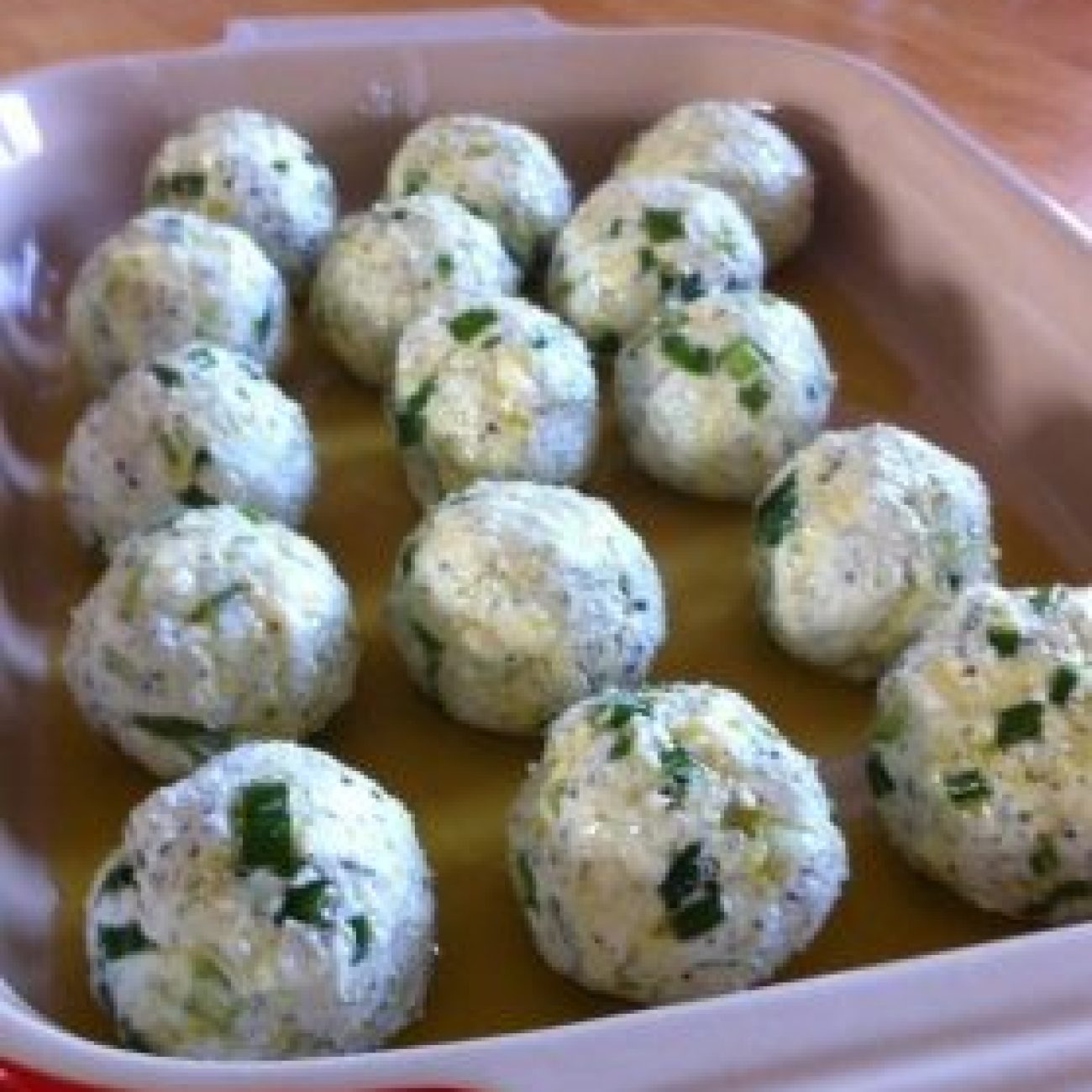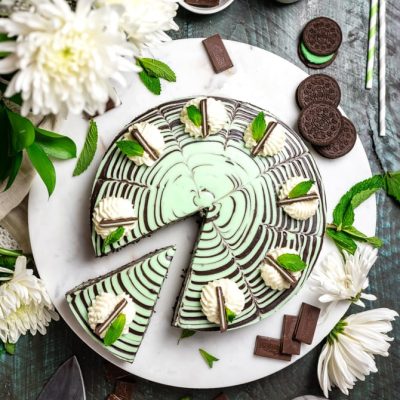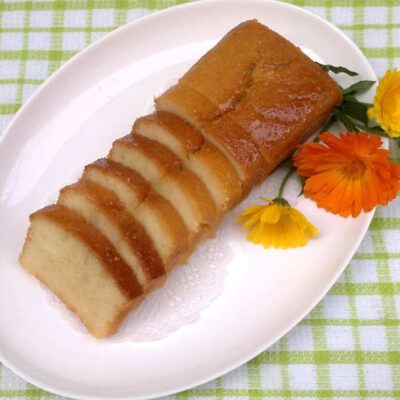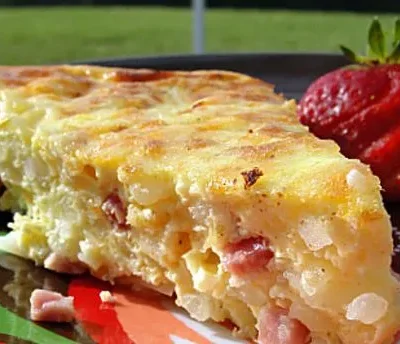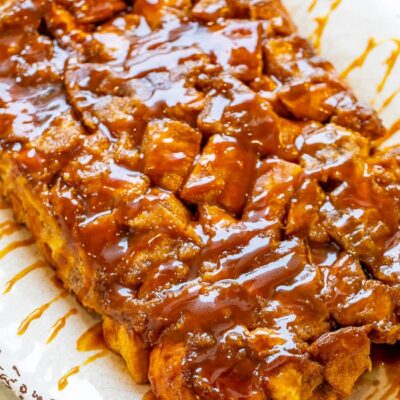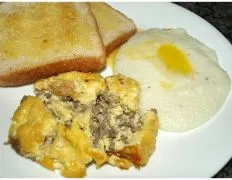Ingredients
-
1
-
1/2
-
-
-
-
-
-
-
-
-
-
-
-
-
Directions
Labna, Lebaneh, Laben, This is the yoghurt cheese made in the Middle East It is EASY to make, but there’s a lot to explain! I saw other recipes on here but they call for store-bought Greek yoghurt (different flavor) or low fat store yoghurt (yuk) instead of home-made, which is very easy to do and gives far better flavor The consistency of home-made is not as creamy as store yoghurt because it doen’t have added thickeners and stabelizers in it You’re just going to drain it anyway, and the flavor’s so much better that when you taste it, you won’t care if the yoghurt itself doesn’t look picture perfect I have heard this called different things depending where in the M E people are from I learned this in ’87 from a Christian Arab man from Nazareth who was taught by his mother He (Elias) called it ‘lebani’ my dad calls it ‘labna’ (we were in Saudi Arabia) and there’s probably many more related names This recipe calls for some archaic methods which will not meet with approval from many people It is the old way of doing things For instance, I really do doubt it’s neccessary thes days to kill bacteria by heating the milk, but I don’t know, & I do all the steps as I was shown by Elias We are so conditioned today to believe that without refrigeration we’ll all be immediately dead of a bacterial infection; not so I have made this for 25 years and the recipe has never failed, and no-one has sickened and died! If they could do this in the M E without refrigeration, I’m pretty sure I can pull it off in middle America, lol , If my sister made it
Discover ground-breaking new supplements! SHOP & SAVE
Steps
|
1
Done
|
To Make the Yoghurt, Pour a Gallon of Milk in a Pot With a Very Heavy Bottom and Put It on the Fire Until It Starts to Boil, or Even Just Foam Heavily. |
|
2
Done
|
Stir Occasionaly to Prevent the Milk from Burning. |
|
3
Done
|
Turn Off the Heat and Let the Milk Cool (stir to Cool Quicker) Just Until You Can Stick Your Pointer Finger Way Down It Without Getting Burned. |
|
4
Done
|
Take the Active Yoghurt Culture and Pour It Down the Side of the Pan Into the Milk. I Usually Do This Is a Couple of Different Spots. |
|
5
Done
|
Cover the Milk With a Close Fitting Lid and Wrap the Pot Well in a Heavy Blanket or Two. You Are Holding in That Heat, and It Will Soon Start to Generate It's Own Heat, Which You Are Also Conserving With the Blanket. |
|
6
Done
|
Place It Somewhere Warm Where It Won't Be Disturbed For 24 Hours. I Have Successfully Made This After the Yoghurt Was Let to Develop from 24 - 36 Hours. |
|
7
Done
|
If You'd Rather, Merely Wrap the Pot in a Bath-Towel -Wrap the Lid Too- and Set It on a Heating Pad on Low. I've Started Doing This and It Works Great Too. |
|
8
Done
|
After You Have Yoghurt, Dump It Into an Inside Out Pillow Case (lint Will Be in the Inside Corners) and Suspend the Pillow Case Up Over a Drain of Some Sort. I Tie Mine Up to the Safety Bar on the Wall Over the Bathtub (less Traffic Than the Kitchen Sink). |
|
9
Done
|
the Yoghurt Will Begin to Drain Whey Immediately, I Let Mine Go For 24-36 Hours Depending on How Stiff or Soft (w/ Remaining Liquid Content) I Want It. Usually 24 Hours. |
|
10
Done
|
When It's as Firm as You'd Like, Turn the Cheese Into a Mixing Bowl and Salt to Taste. use Around 1 1/2 - 2 Tablespoons Salt. I Know, It's a Lot. I Think the Salt Was Originally a Preservative, but That's the Way I Like It. |
|
11
Done
|
Elias' Mum Used to Make Balls of This Cheese and Store It in Stoneware Crocks, Covered in Olive Oil. I Keep It in a Mixing Bowl in the Fridge, Smoothed Flat and Covered in Olive Oil. It Keeps a Long Time Like That. If It's Going to Be Eaten Quickly, Doesn't Need the Oil For Preserving, Just Eating : ). |
|
12
Done
|
Enjoy This For a N Arabic Breakfast With Flat Bread (pita) and Olive Oil. It Is Also Good Flavored With Garlic, Dill or Za'ater to Your Taste. Also Pine Nuts! |

